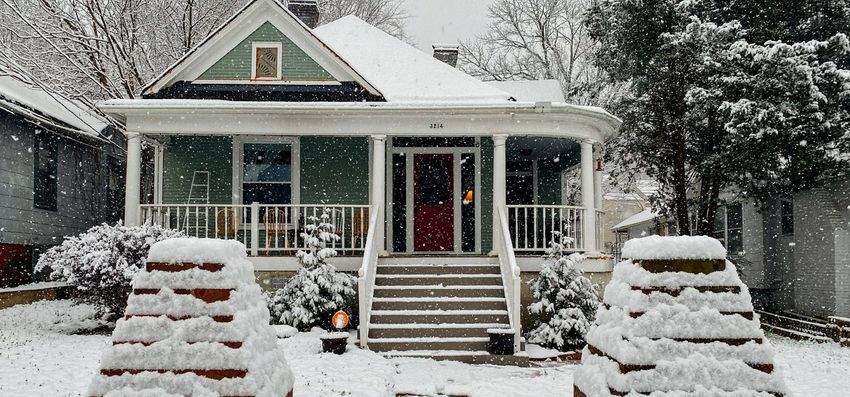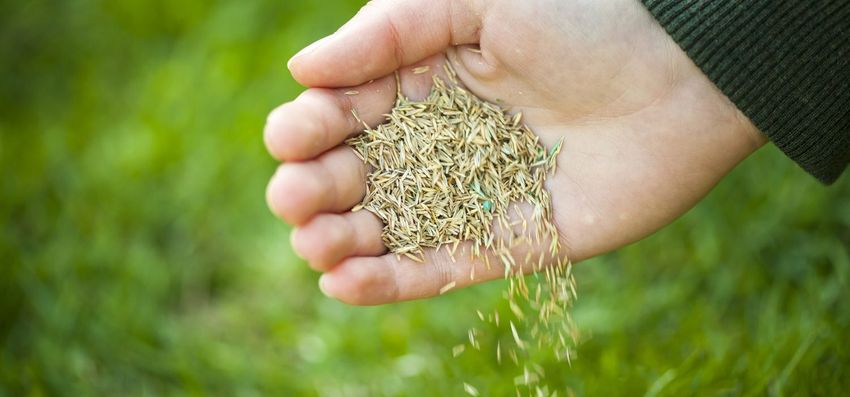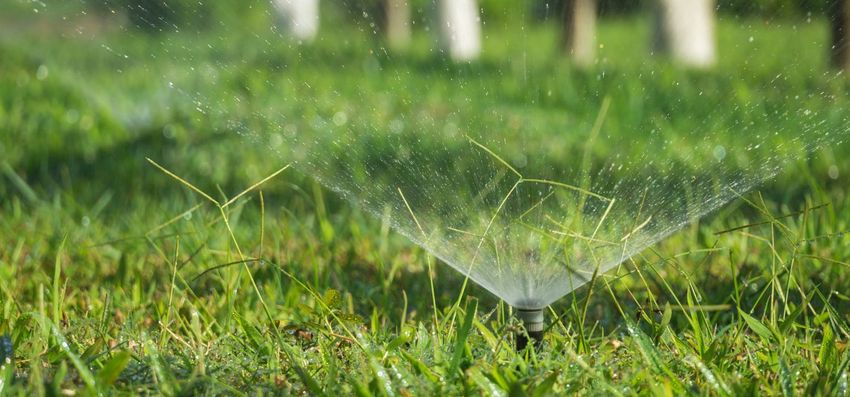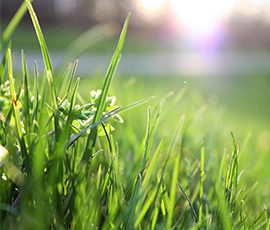
Preparing your grass for a cold winter is the first step into having a healthy lawn for the coming spring. There are many lawn care tactics homeowners should use to ensure a green and lush lawn to win any garden competitions they may have coming. Lawn maintenance is crucial for your grass to rebound after a long frigid winter while following the points below it is insured for the best results.
Soil prep:
It’s that time of year again where the air is getting cooler and the days are getting shorter, it’s time to start preparing your lawn for a long winter season yet again. Keeping your lawn clean and clear of any leaves or debris is an important step in ensuring proper soil preparation.
Raking your leaves or breaking them down small enough with a mulcher is critical for new soil and seed to take properly, you can also use an aerator to break down any hard spots of soil or spots that look dead and damaged, in doing this it also helps your lawn to breathe which is greatly recommended. When choosing a soil make sure it has the most nutrients and benefits such as a mix that is light and will drain well, such as peat moss and perlite mixes.
After raking or mulching lay a thin layer of new soil across your lawn roughly less than a quarter of an inch, this is an ideal amount to not overwhelm and kill the lawn. Once the soil has been evenly spread around, take a rake and rake the soil into the pre-existing grass until satisfied with the flatness and amount spread. It is vital that your new seeds are in direct contact with the new soil otherwise, there will be no new growth to show in the spring. Once your soil prep for your lawn is complete do not forget to put mulches around your gardens to ensure their proper regrowth.
For around gardens, there are a few options but the best two are wood chips and sawdust roughly 2-4 inches thick but remember to not cover the plants or it will damage them and ultimately may cause them to not regrow.
The right seed for your lawn:
Choosing the right seed is like choosing the best meal for long hibernation, it needs nutrients and plenty of specifics catered to your grasses needs. Your seed needs are all dependent on where you live, what your lawn is used for and what kind of things you specifically may want to watch out for or try to fix.
If you have children and they run, play sports or do any kind of heavy foot traffic that flattens and damages your grass you should invest in a variety that can withstand these types of obstacles. The best kind for such things is Jonathan Green Black Beauty Heavy Traffic Premium Grass, this blend is healthy for your lawn as it contains fescue and perennial ryegrass seeds.
If your lawn is more shade-based where not a lot of sun can access, a good seed for it is a shade-tolerant-based seed. This again is dependent on where you live for the proper shade-resistant seed, if you live in a more northern area where it is cooler and shade-filled more often the best seed is Ryegrass and Fine and Tall Fescues, which gives the most resistance.
Now if you live in a more southern area where the weather is warmer and your lawn is in the shadows for a few hours at a time a good seed for your lawn is Zoysiagrass and St. Augustinegrass, which offer some drought resistance and good resistance to shade as well.
Lastly, if you have a thinning lawn with lots of bald patches throughout, the best seed for this problem would be Touch-UpTM TRI-RYE Perennial Ryegrass offers quick thickening of a thinning lawn and easily germinates to fill in bald spots.

Laying out your new seed:
In this step of winterizing your lawn you have your seed picked out and your mulch for the gardens if you have any. To start off properly laying/ spreading your seed you will want to cut your lawn shorter than you normally would the day before you seed. After the day has passed it is time to head out to your lawn, once out there you will want to ensure you are spreading everything completely even in order to avoid uneven growth or missed spots entirely.
The best way to achieve a proper even spread is to use a spreader, these can be found at any of your local garden centers. Once the spreader is ready be sure to read the instructions on the back of your seeds bag to have the best results of doing it properly. After everything is read, depending on the spreader you bought, a handheld should be put to setting number 4 for overseeding and a drop spreader should be put on 8/12 for overseeding.
For both, you should go over your lawn twice in straight lines to get the full coverage and even spread you are looking for. Once everything is seeded go ahead and put your mulch around the gardens for coverage as well.
Food and Water:
Now into the final steps of your lawn care and winterization preparation, this will be the utmost important point on this list to ensure a healthy lawn through the winter into the spring. You have raked or aerated your lawn, picked the seed for all your needs and now seeded the grass evenly while mulching around your gardens. You have done everything correctly to this point now it is time to finish your lawn winterizing.

After the seeds have been laid they will need to be watered every day, this is to keep the new topsoil moist for the new seeds you just laid. If the soil is not watered every day it runs the risk of drying out and not letting the fresh seeds germinate correctly.
You will also need to feed your little seedlings as soon as possible, the best option for feeding them is Scotts® Turf Builder Wintercare fertilizer. The fertilizer will give not only the new seedlings all of the nutrients they will need but will also fertilize your existing lawn and help to safeguard it from the coming dangers and damages of winter.
Final Thoughts:
Ultimately as someone who cares for their lawn with the utmost dedication and has gone through trial and error the hope is that after you have followed and combined all of these lawn tips and tricks given, that your lawn too will have the best chances of coming back greener and healthier than ever before and will be the utmost protected for the winter ahead.

